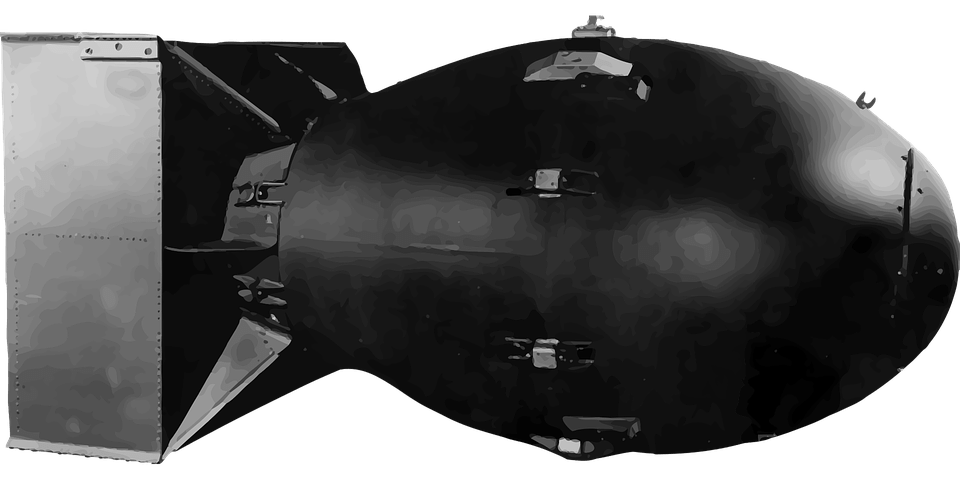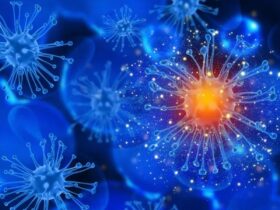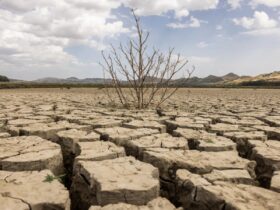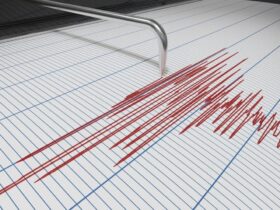On the occasion of the world day against nuclear tests, let’s find out together why it is still appropriate to aim for awareness.
The science it is the strongest weapon ever, but history also teaches us how deleterious it is if handled by the wrong hands. The example of Fritz Haber, father of the very important method Bosch-Haber. The latter – pivotal process ofchemical industry – allows to produce, through the use of an appropriate catalyst, ammonia starting from nitrogen e hydrogen. The German chemist himself, however, also created the first weapon of mass destruction of history, based on gaseous chlorine e fosgene. The latter, during the WWI, caused more than 80,000 victims and over a million injured.
Haber is just one of the many names on the darkest pages of history. Another clear example of the misuse of science lies in the field of nuclear weapons. These, unlike the former, are still a cause for concern on the part of theHIM-HER-IT. This condition has been particularly aggravated in recent years by the promotion of new tests by the North Korea. As of 2009, the United Nations have established, on August 29, the World Nuclear Test Day. Let’s find out together why this initiative was born and why it would be good to support it.
What are nuclear tests and why they are carried out
To understand the hidden reasons behind this practice, let’s introduce a very trivial example. In the kitchen, to check that the optimum temperature of the frying oil has been reached, a small piece of food is dropped into the pan. If the contact with the fluid causes the formation of bubbles and the emission of the famous “creak”, the whole dish can be cooked. Try to enlarge the scale of this phenomenon: a test nucleare consists in causing an explosion in a protected environment of a device to test its power. There are several examples provided by history.
The first ever was carried out by United States in the desert of Jornada del Muerto (New Mexico), in the far July 16, 1945. It was made only a few weeks before the tragic release of Little Boy e Fat Man, the two bombs that destroyed the Japanese cities of respectively Hiroshima e Nagasaki. North Korea promoted the latest exercise a Punggye-ri, In the 2017: in that case, the test resulted in two earthquakes of magnitude 6.3 and 4.6.

What are the main risks?
I already know what you’re thinking: what if, by mistake, the target of a test becomes an inhabited area? Unfortunately, the impact of a pump A it is not even remotely comparable to that of a cutlet. In such cases, it would be theecosystem of the affected area, including humanity. In short, thousands of kilometers could be razed to the ground in a single blow: this is the main reason why it is right to encourage a work of awareness raising. There are, however, some aftermath important that occur even in the presence of a test successful.
Usually, these are made underground to a depth of at least 2400 meters or in the seabed of at least 600 meters. In the first case, the radioactive emissions they cause damage only and exclusively in case of breakage of the surface (for example through collapses). In underwater tests, on the other hand, large amounts of radioactive material, principally plutonium e uranium, contaminate the surrounding waters, increasing the incidence of tumors e genetic diseases and irreparably damaging the local flora.
Make sure that the emblematic photo depicting the mushroom cloud of Nagasaki is only a memory relegated to the history books is a moral duty. On the occasion of the World Day Against Nuclear Tests it is good to remember how important it is to commit ourselves so that the planet remains a hospitable place for everyone, without exception.















Leave a Reply
View Comments